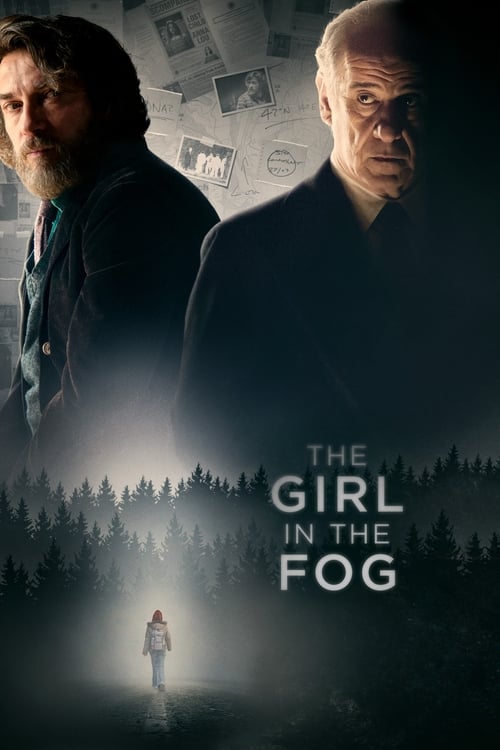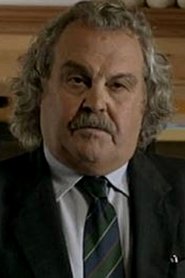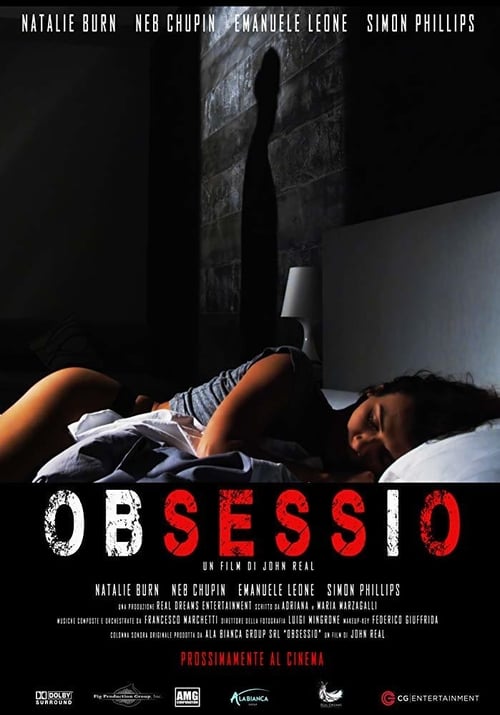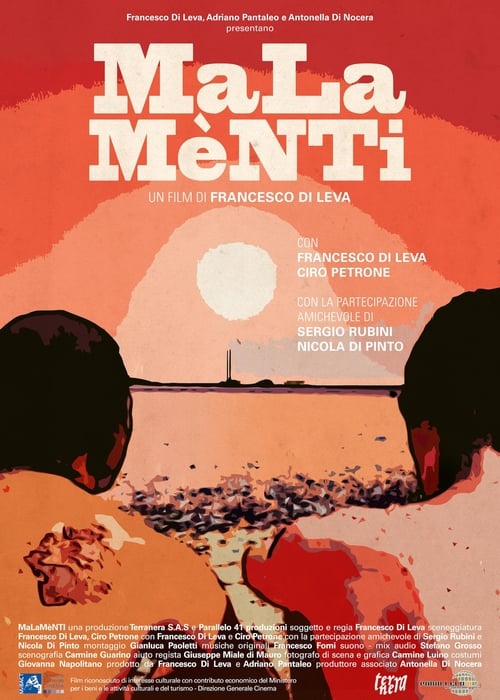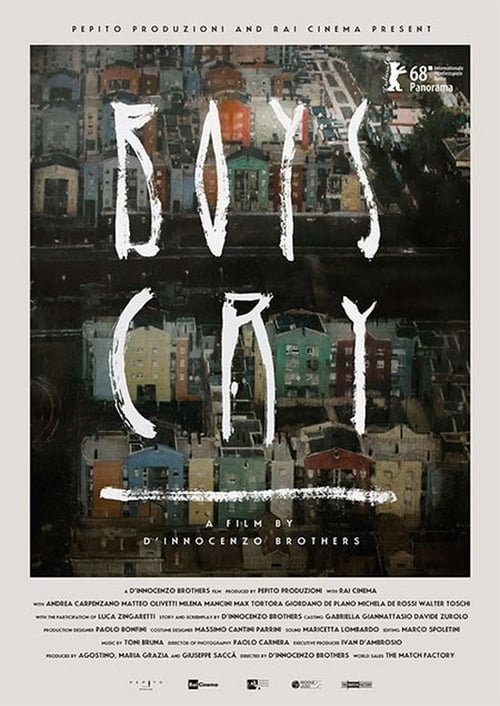
Ask Your Own Question
What is the plot?
The fog rolls thick and heavy over the fictional village of Avechot in the Italian Alps, a place so remote and shrouded in mist that it feels suspended between worlds. It is December 23, 2017, two days before Christmas, and the air is cold, the silence broken only by the distant toll of church bells. Anna Lou Kastner, a sixteen-year-old girl with a reputation for innocence and piety, walks alone through the fog toward the village church. She is described as "too good to be true," a girl who loves kittens and has no vices, beloved by her family and the tight-knit community. Her parents, Hans and Maria Kastner, are fervent members of the Brotherhood, a strict religious sect, and their home is filled with icons and prayers. But Anna Lou never reaches the church. She vanishes into the fog, and the village is thrown into chaos.
Two days later, Inspector Vogel arrives in Avechot, a man whose reputation precedes him. He is fastidious, lining up his expensive suits and ties by color, his presence commanding and enigmatic. Vogel is accompanied by his assistant, Dr. Alessio Borghi, a younger officer who watches Vogel's methods with growing unease. The village is already in the grip of a media frenzy, thanks to Vogel's skillful manipulation of the press. Reporters swarm the Kastner home, where hundreds of toy kittens and floral tributes have been left by townspeople, a shrine to the missing girl. Vogel's arrival only intensifies the scrutiny, and he quickly sets about his investigation, determined to uncover the truth.
The Kastner home is searched, the police headquarters established in the grand, abandoned Grand Hotel of Carezza in Karersee, and the surrounding mountains and forests are combed for any sign of Anna Lou. The fog makes the search difficult, and the area is littered with clues and red herrings. Vogel's methods are unconventional, and his reputation for manipulating evidence is soon revealed. He had previously planted evidence to convict an innocent man, who was later cleared and compensated. This past haunts him, and his actions in Avechot are watched closely by Borghi and the townspeople.
At the local school, Loris Martini, a quiet and isolated schoolteacher, is introduced. Martini is under financial strain and is shown as a man struggling to make ends meet. Vogel attends a class where Martini discusses mystery and victims, and Vogel applauds, hinting at his own obsession with the case. Martini's financial troubles and his obsession with the "Fog Man" serial killer, a figure from 30 years earlier, are uncovered. The journalist Stella, known for her sensationalist reporting, arrives to cover the case and uncovers the history of the "Fog Man." The theory is that the current crime is a copycat, and Martini's actions are scrutinized.
Martini's motive is revealed as the investigation progresses. He is obsessed with the "Fog Man" and commits the crime as a copycat, hoping to expose Vogel's unethical methods. Martini abducts and murders Anna Lou, then plants self-incriminating clues to manipulate Vogel into cutting corners. The blood on Anna Lou's backpack is planted by Vogel to frame Martini, but the evidence is later revealed to be falsified. Martini's arrest and release follow, and Vogel's psychological manipulation of Martini is evident.
The confrontation between Vogel and Martini is intense, with Vogel using his media savvy to create a frenzy and flush out the perpetrator. Martini's injury during a hunting trip in the mountains increases suspicion, and his encounters with Vogel are fraught with tension. The issue of vanity as a vice is discussed, and Martini's release from custody is met with attacks from the media and the townspeople.
Vogel's past is further explored through his interactions with Beatrice Leman, a mysterious woman with a past connection to Vogel and the town. Her home contains a diary that becomes a crucial piece of evidence, revealing Vogel's past and the connection to the "Fog Man." The diary's contents are discussed in an interview, and Beatrice's desire for the truth is evident.
The climax unfolds in the hospital, where Vogel is assessed by Dr. Stefano Flores, the town psychiatrist. Vogel confesses to killing Martini to prevent him from benefiting from his crime, believing he was protecting the community. However, Flores reveals his true identity as the "Fog Man" serial killer. His calm demeanor and deep knowledge of the case are explained by his own dark past. The confrontation between Vogel and Flores is shocking, revealing the depth of Flores's manipulation and the true nature of the "Fog Man" case.
Vogel is arrested for the murder of Martini, but the revelation of Flores's identity leaves the audience questioning the true nature of justice. The film ends with Vogel in custody, reflecting on his actions and the fog that has swallowed both Anna Lou and the truth. The final shot returns to the fog-shrouded village, emphasizing the lingering mystery and the hidden secrets that remain unresolved.
The story of "The Girl in the Fog" is a gripping and chilling thriller that brings us to a hazy mountain village where an enigmatic detective is investigating the sudden disappearance of a fifteen-year-old girl. The fog that has swallowed Anna Lou hides a greater mystery, and the tangle of secrets that arises is far greater than herself. The film's atmosphere of decay and hidden secrets is palpable, and the final revelation of Flores's identity as the "Fog Man" leaves a lasting impression. The story is a testament to the power of manipulation and the hidden truths that lie beneath the surface of a seemingly innocent village.
What is the ending?
In the ending of "The Girl in the Fog," the truth about the disappearance of the young girl, Anna, is revealed. The detective, Vogel, confronts the real perpetrator, and the story culminates in a tragic resolution that exposes the dark secrets of the small town. The film concludes with a sense of haunting ambiguity, leaving the audience to ponder the consequences of the characters' actions.
As the film approaches its climax, the atmosphere is thick with tension. Detective Vogel, who has been tirelessly investigating the case of Anna's disappearance, finds himself in a remote cabin in the woods. The fog that has enveloped the town serves as a metaphor for the obscured truths and hidden motives of the characters involved.
Scene by scene, the narrative unfolds:
Vogel arrives at the cabin, his heart racing as he senses that he is close to uncovering the truth. The air is heavy with the scent of damp earth and pine, and the silence is punctuated only by the distant rustle of leaves. He enters cautiously, his flashlight beam cutting through the darkness, illuminating the dust motes that dance in the air. The cabin is sparse, with only a few pieces of furniture and a lingering sense of abandonment.
Inside, Vogel confronts the man he suspects of being involved in Anna's disappearance. The tension escalates as they exchange heated words, revealing the man's deep-seated resentment and twisted motivations. The man, who has been living in the shadows of the town, finally admits to his role in the events that transpired. His confession is laced with bitterness, and Vogel's determination to seek justice is palpable.
As the confrontation reaches its peak, the man reveals the tragic fate of Anna. The revelation is heart-wrenching; she was not just a victim of circumstance but a pawn in a larger game of manipulation and deceit. The emotional weight of this moment hangs heavily in the air, as Vogel grapples with the implications of the truth. The fog outside thickens, mirroring the turmoil within him.
In the aftermath of the confrontation, Vogel is left to process the consequences of his findings. The town, once shrouded in mystery, is now exposed for its complicity in the darkness that surrounded Anna's life. The townspeople, who had initially rallied around the search for the girl, are now faced with the uncomfortable reality of their own involvement in the cover-up.
The film concludes with Vogel standing alone in the fog, the weight of his discoveries pressing down on him. He reflects on the fragility of innocence and the darkness that can lurk beneath the surface of a seemingly idyllic community. The final shot lingers on his face, a mixture of sorrow and resolve, as he contemplates the future and the lingering shadows of the past.
In the end, Vogel's pursuit of justice has come at a great cost. The fate of Anna is sealed, and the town must reckon with the truth that has been unearthed. The film leaves viewers with a haunting sense of unresolved tension, as the fog continues to envelop the landscape, symbolizing the lingering mysteries of human nature and the complexities of morality.
Is there a post-credit scene?
The movie "The Girl in the Fog," released in 2017, does not contain a post-credit scene. The film concludes its narrative without any additional scenes or content after the credits roll. The story wraps up with the resolution of the central mystery surrounding the disappearance of the young girl, Anna Lou, and the emotional aftermath for the characters involved, particularly the detective, who grapples with the consequences of the case and his own personal demons. The film's focus remains on the psychological and emotional depth of the characters rather than extending the story beyond its conclusion.
What role do the townspeople play in the investigation?
The townspeople are pivotal to the investigation, as their varying reactions to Anna's disappearance reveal their own secrets and fears. Some are cooperative, while others are evasive, adding layers of complexity to the narrative.
Who is the main detective investigating the case in The Girl in the Fog?
The main detective investigating the case is Detective Giovanni Bernard, portrayed by Toni Servillo. He is a seasoned investigator who is determined to uncover the truth behind the mysterious disappearance of the girl.
What is the significance of the character Anna in the story?
Anna is the missing girl whose disappearance drives the plot. Her character is central to the investigation, and as the story unfolds, her background and relationships reveal deeper layers of the mystery.
How does the town's atmosphere contribute to the story?
The town is shrouded in fog, which creates a sense of isolation and mystery. This atmospheric element reflects the confusion and tension surrounding the investigation, as well as the secrets held by the townspeople.
What internal conflicts does Detective Giovanni Bernard face throughout the investigation?
Detective Giovanni Bernard grapples with his own doubts and the pressure of solving the case. He faces moral dilemmas as he uncovers uncomfortable truths about the town and its residents, leading to moments of introspection and frustration.
Is this family friendly?
"The Girl in the Fog," a 2017 film directed by Donato Carrisi, is a psychological thriller that delves into dark themes and complex emotional states. While it offers a gripping narrative, it may not be suitable for children or sensitive viewers due to several potentially objectionable aspects:
-
Violence and Crime: The film involves a missing person case, which includes discussions and depictions of violence, crime, and the psychological impact of these events on the characters.
-
Mature Themes: The story explores themes of obsession, guilt, and the darker sides of human nature, which may be unsettling for younger audiences.
-
Emotional Distress: Characters experience significant emotional turmoil, including grief and despair, which could be distressing for sensitive viewers.
-
Suspenseful Atmosphere: The film maintains a tense and suspenseful tone throughout, which may be frightening for children.
-
Mature Language: There are instances of strong language that may not be appropriate for younger viewers.
Overall, the film's intense themes and emotional depth make it more suitable for mature audiences.

